Kanpur
A complete tourist and cultural guide
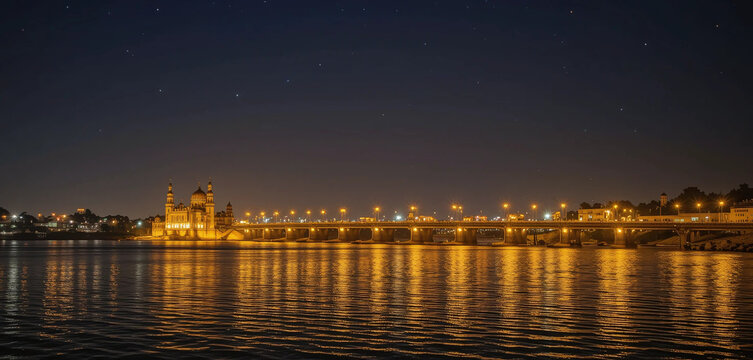
Kanpur, known as the “Leather City of the World”, is Uttar Pradesh’s largest urban center that perfectly blends industrial might with colonial heritage. From its revolutionary history in the 1857 uprising to being North India’s economic powerhouse, Kanpur offers a unique mix of historical sites, vibrant markets, and cultural experiences.
Wiki Link: Kanpur
Must-Visit Attractions in Kanpur

Allen Forest Zoo
One of Asia’s largest natural habitat zoos spread over 77 acres, home to rare white tigers and Himalayan bears.

Kanpur Memorial Church
Gothic-style 1875 memorial church honoring 1857 uprising victims, famous for its stunning stained glass windows.

JK Temple
Architectural wonder with exquisite marble carvings dedicated to Radha-Krishna, featuring serene meditation gardens.

Moti Jheel
Kanpur’s popular “Pearl Lake” offering recreational boating and evening musical fountain shows.
Major Attractions Nearby Kanpur

Bithoor
A sacred riverside town where Lord Rama’s sons were educated, featuring Brahmavart Ghat and Valmiki Ashram.

Shivrajpur Bird Sanctuary
Winter haven for migratory birds including Siberian cranes and painted storks.

Bhitargaon Temple
5th-century Gupta-era brick temple showcasing ancient Hindu architecture.

Sanjahi Park
Beautiful riverside park with musical fountains and boating facilities.
Things to Do in Kanpur
From exploring historic landmarks to indulging in vibrant street food, Kanpur offers a mix of cultural, culinary, and shopping experiences. Discover the city’s industrial legacy through its famous leather markets, or unwind by the Ganges at serene ghats. Don’t miss iconic local flavors like basket chaat and Thaggu ke Laddoo, or a stroll through its colonial-era gardens. Whether you’re a history buff, foodie, or shopaholic, Kanpur has something for every traveler.

Explore Leather Markets
Shop premium leather goods at wholesale prices in Moolganj and Birhana Road markets.

Savor Street Food
Relish Kanpur’s iconic basket chaat, kachori-sabzi, and Thaggu ke Laddoo at Thapar Nagar.

Attend Ganga Aarti
Witness serene evening rituals at Siddhnath Ghat, Kanpur’s spiritual riverside spot.

Stroll Phool Bagh
Unwind in this historic garden featuring colonial-era monuments and lush greenery.
The Performing Art of Kanpur
Kanpur, while renowned as an industrial hub, boasts a vibrant cultural legacy shaped by its colonial past and proximity to the Ganges. The city thrives as a center for traditional music, folk arts, and theatrical performances that reflect Uttar Pradesh’s rich heritage. From classical music gatherings in historic havelis to lively street performances during festivals, Kanpur’s artistic soul complements its urban energy.
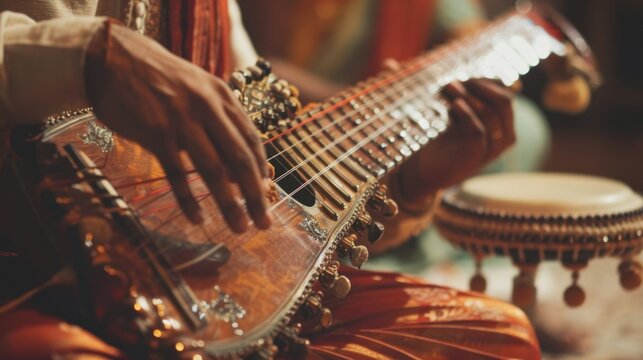
Classical Music
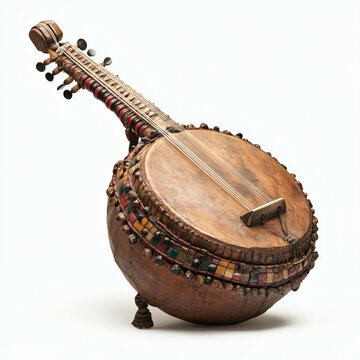
Kajri

Industrial Folk Music
Kanpur’s soundscape blends Hindustani classical thumris, Sufi qawwalis at dargahs, and unique mill workers’ folk songs. The city preserves seasonal kajri melodies and vibrant industrial-era musical traditions.
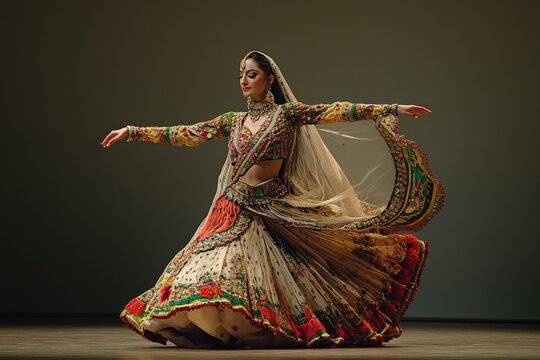
Kathak
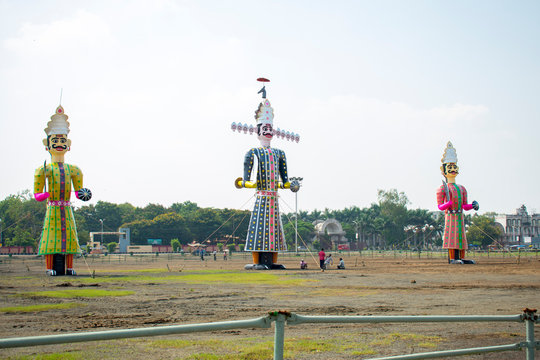
Ramlila

Charkula Dance
Kathak performances thrive alongside dramatic Ramlila enactments and energetic Raslila dances. The iconic Charkula dance with oil lamps dazzles during major festivals.

City Vibes - Industrial Soul with Cultural Heart
Kanpur pulses with the energy of Uttar Pradesh’s economic powerhouse, where colonial-era factories stand alongside bustling markets and historic ghats. The city’s spirit flows through the Ganges at Siddhnath Ghat, where evening aarti lights reflect off the water, and through the aroma of sizzling basket chaat in Thapar Nagar’s lanes. Heritage whispers from the brick walls of the 1857 Memorial Church, while the clatter of leather workshops keeps the city’s industrial legacy alive. Students cycling through IIT’s leafy campus add youthful vibrancy to Kanpur’s working-class grit. Here, history isn’t just preserved in monuments – it lives in the rhythm of textile looms, the bargaining at Moolganj markets, and the steam rising from morning kachoris. A city where every corner tells a story of resilience and reinvention.
Heritage of Kanpur
Kanpur’s heritage reflects its colonial industrial past and revolutionary history. The city preserves British-era factories, 1857 uprising memorials, and Gothic-style churches alongside sacred Ganges ghats. Its leather industry legacy and textile mills established Kanpur as “Manchester of the East,” while educational institutions like IIT continue its progressive spirit. From the haunted ruins of Massacre Ghat to the grandeur of Kanpur Memorial Church, the city’s layered history tells stories of industry, rebellion and resilience.

Cuisine of Kanpur
Kanpur is a food lover’s delight, offering unique flavors that blend traditional Awadhi tastes with its own industrial-era street food innovations.

Thaggu ke Laddoo
Kanpur’s legendary khoya sweets packed with nuts, sold with their famous playful tagline.

Basket Chaat
Crispy edible baskets overflowing with spiced potatoes, chickpeas and tangy chutneys.

Kachori Sabzi
Flaky lentil-stuffed kachoris served with robust potato curry, a breakfast staple.

Kallu ki Biryani
Slow-cooked mutton biryani perfected since 1932 at this iconic eatery.
Shopping in Kanpur
Kanpur’s markets offer a unique blend of industrial craftsmanship and traditional artistry, from world-famous leather goods to vibrant local textiles.

Leather Jackets & Accessories
Premium quality leather products at wholesale prices in Moolganj and Birhana Road markets.

Zardozi Textiles

Mill-made Cotton Fabrics
Affordable, high-quality textiles from Kanpur’s historic cloth mills.

Handmade Chappals
Traditional kolhapuri-style footwear crafted by local cobblers.
Tourist's Handbook
The ideal time to visit Kanpur is from October to March when temperatures range between 12°C-28°C, offering pleasant weather for exploring historical sites and markets. Winter mornings are perfect for ghat visits and heritage walks, while evenings come alive with street food and cultural events. Avoid April-June (scorching heat up to 45°C) and July-September (humid monsoon with occasional flooding in low-areas). Key festivals like Kanpur Mahotsav (December) and Ganga Dussehra (May/June) showcase the city's vibrant culture during these seasons.
- Stay Alert in Crowded Markets – Areas like Naveen Market and Birhana Road get extremely packed; secure valuables and watch for pickpockets.
- Beware of Auto/Taxi Scams – Always insist on meters or use app-based rides (Ola/Uber) to avoid inflated fares, especially near railway stations.
- Avoid Isolated Areas at Night – Stick to well-lit zones like Mall Road or Civil Lines after dark; steer clear of dimly lit industrial areas.
- Respect Local Norms – Dress conservatively near religious sites (like JK Temple) and avoid photography without permission at sensitive locations.
- Consume Food Wisely – Enjoy street food but opt for busy stalls with high turnover; drink only sealed bottled water to avoid stomach issues.
- Verify Leather Purchases – Buy from reputed shops in Moolganj with authenticity certificates to avoid counterfeit products.
Navigating Kanpur combines modern transport with old-world charm. Auto-rickshaws (metered or negotiated) and e-rickshaws are ideal for short distances in congested areas like Naveen Market. For longer trips, Ola/Uber cabs or the Kanpur Metro (Orange Line) provide efficient connectivity between key areas like IIT, Moti Jheel, and Chunniganj. Cycle-rickshaws offer a nostalgic way to explore the Old City’s colonial-era lanes, while local buses (though crowded) are budget-friendly for routes like Kanpur Cantt to Phool Bagh. For a scenic detour, boat rides at Ganga Barrage reveal the river’s quieter side.
Overpriced Auto Rides – Insist on meters or use Ola/Uber to avoid inflated fares, especially near Kanpur Central station.
Fake Leather Sellers – Purchase only from reputed shops in Moolganj with authenticity certificates to avoid counterfeit goods.
Temple Donation Pressure – Politely decline excessive "ritual fees" at popular temples like JK Temple or Radhakrishna Mandir.
Textile Shop Scams – Verify fabric quality before buying Zardozi work; compare prices at multiple stores in Fazalganj Market.
"Special Entry" Touts – Ignore anyone offering shortcuts at historical sites like Kanpur Memorial Church – tickets are only sold at official counters.
Fake Tourist Guides – Hire only government-approved guides (available at major attractions) to avoid misinformation.
Kanpur Blogs
- Uttar Pradesh Industrial Heritage Guide
- Places to visit in Kanpur
- Places to visit nearby Kanpur
- India’s manufacturing capital
- India’s historical revolution sites
Recommended articles
- The Complete Kanpur Industrial Heritage Trail
- Top 10 Experiences in Kanpur City
- Bithoor & Beyond: Nearby Getaways
- North India’s leather capital

